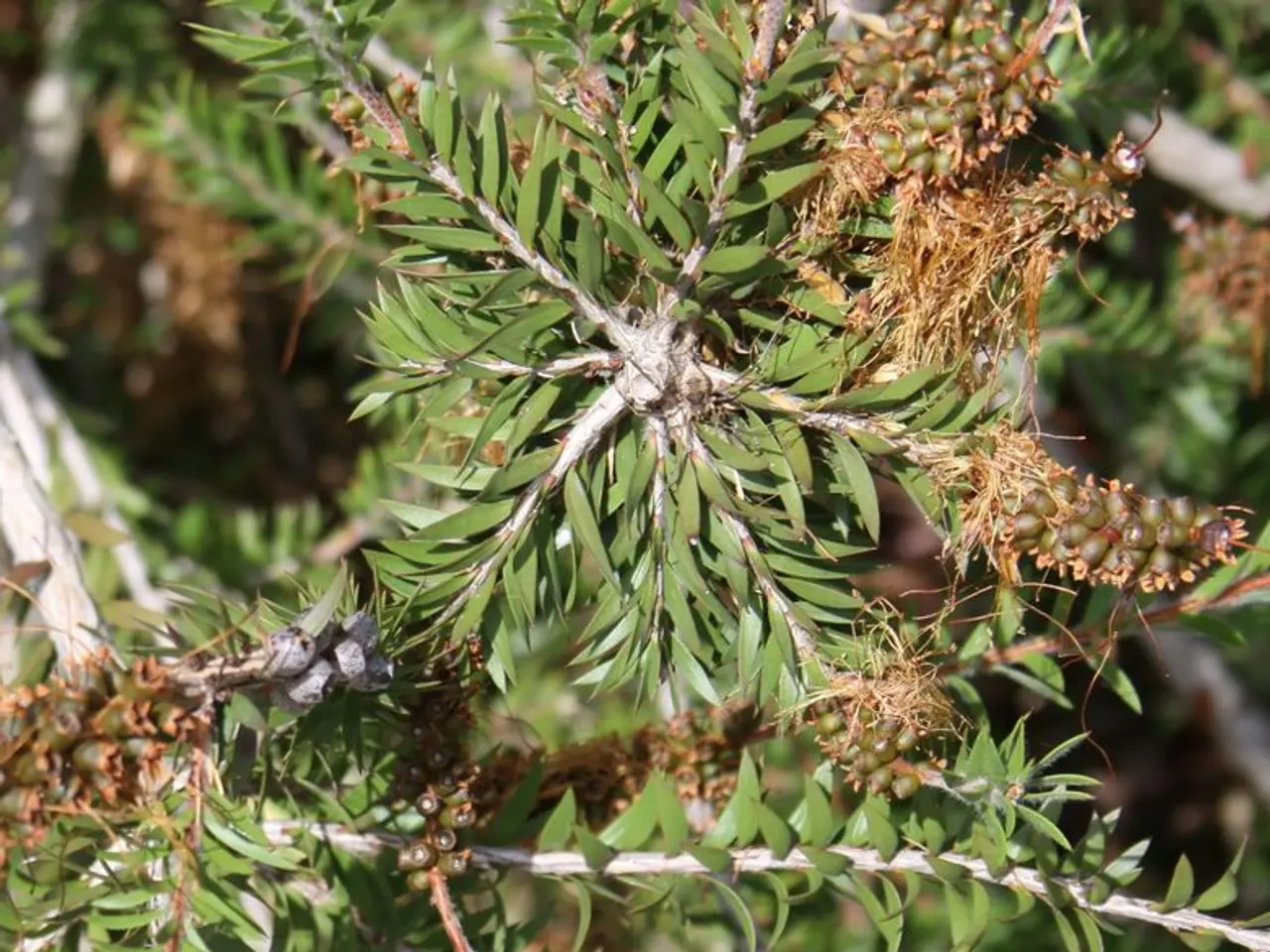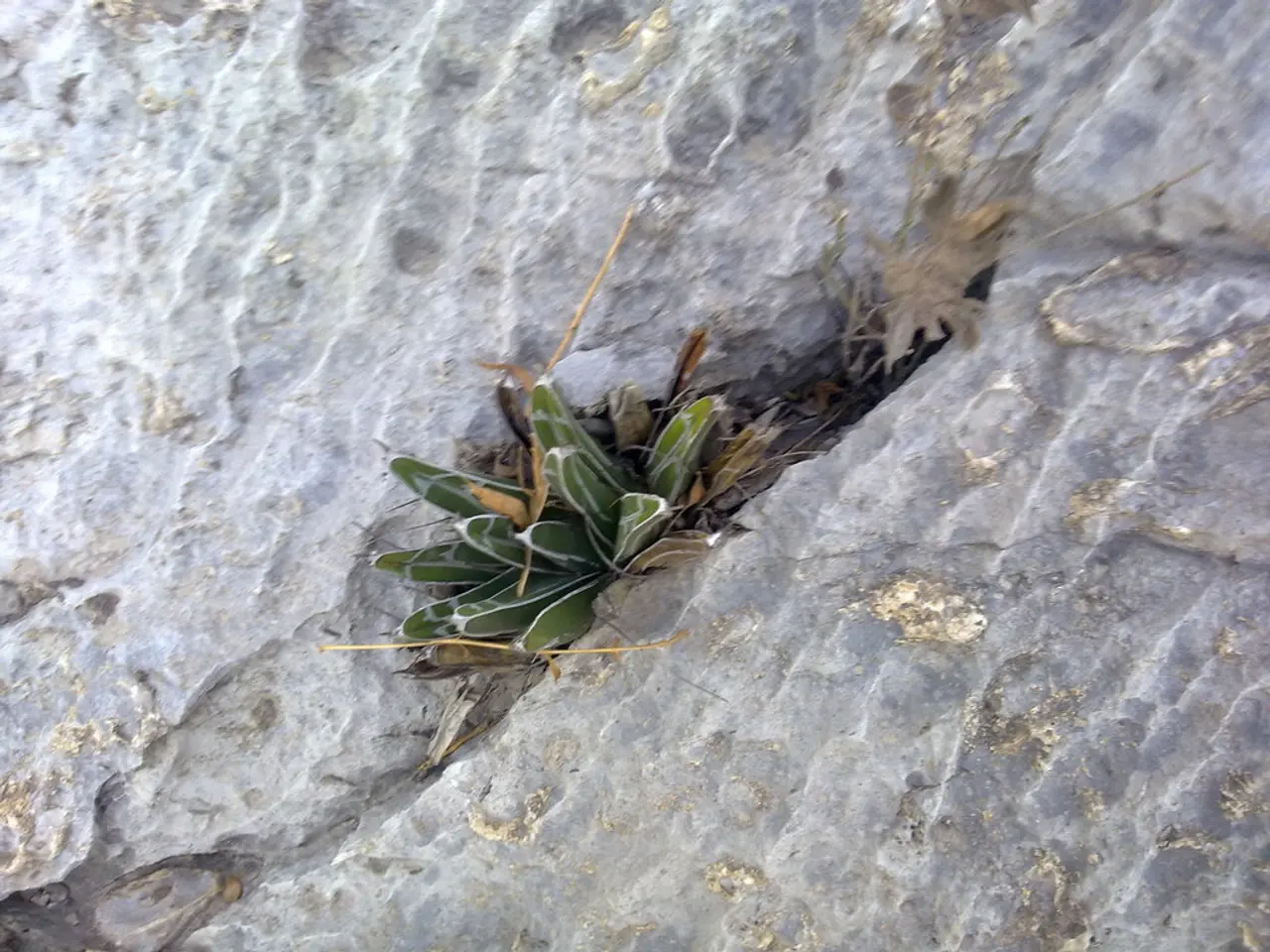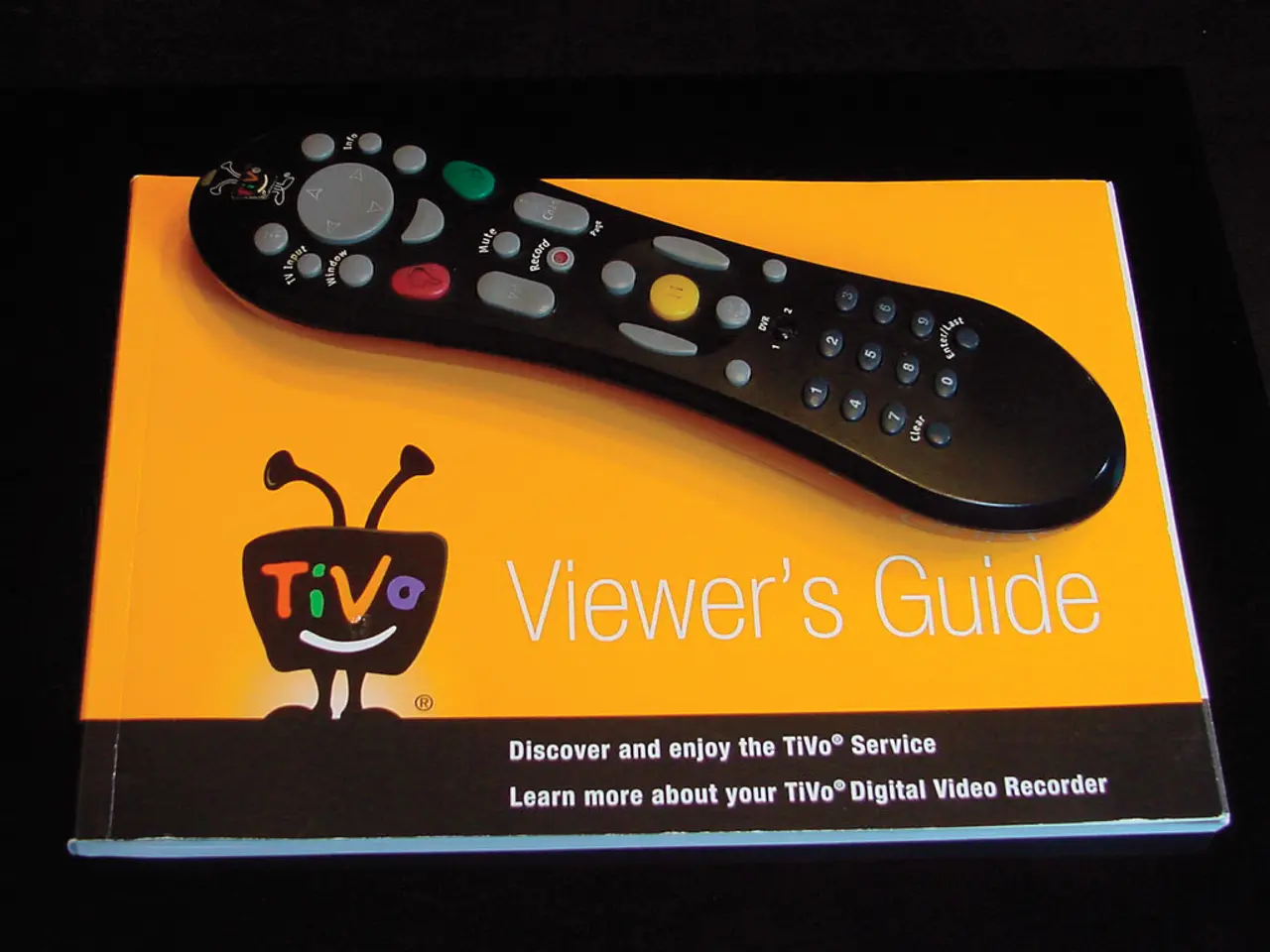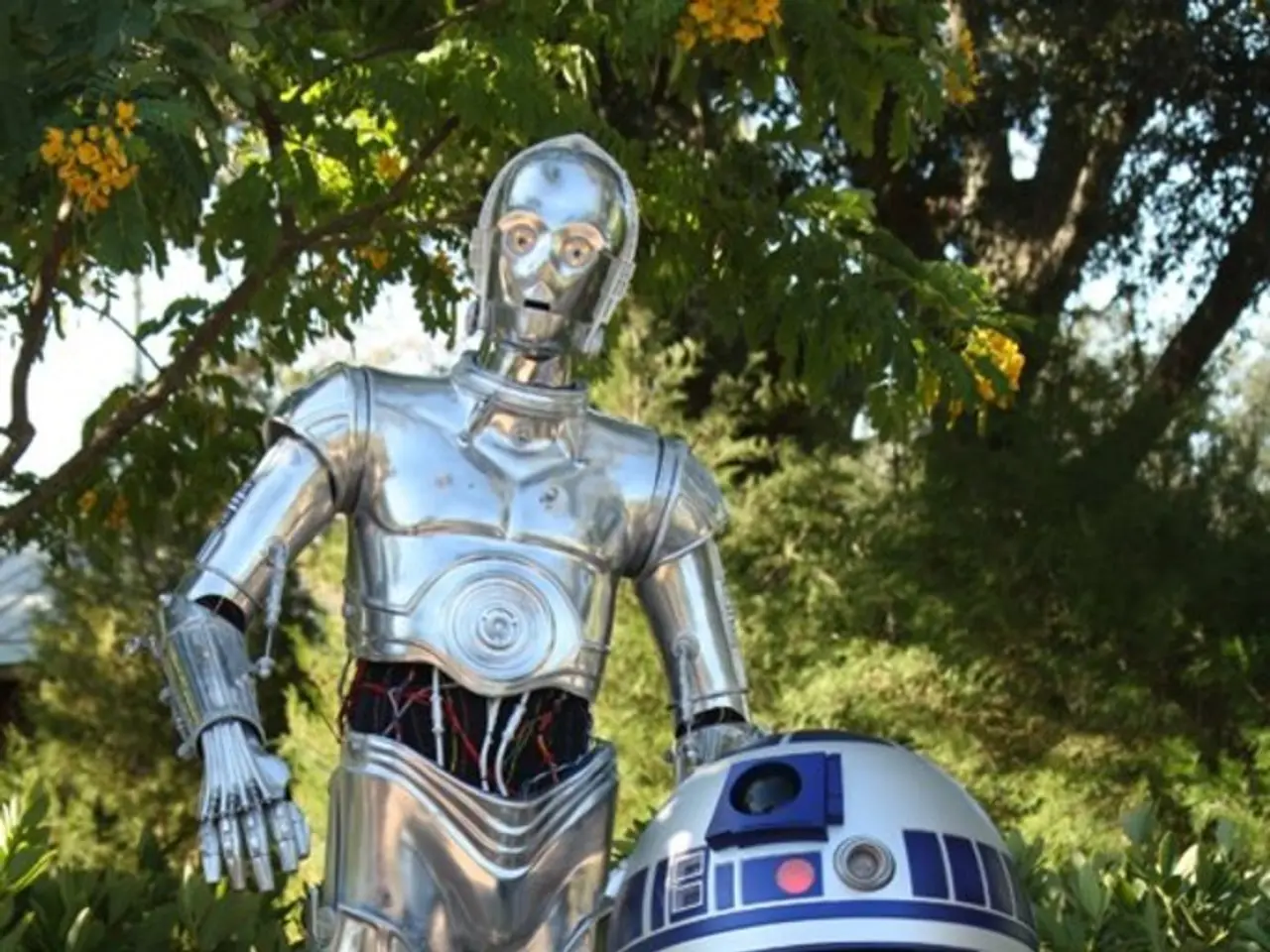Instructions for Fruit Tree Rootstocks Selection and Usage
Hey there, garden enthusiast! Tired of those monster-sized fruit trees taking over your tiny patch or balcony? Fear not, as we've got a solution for you!
Dwarf fruit trees are your ticket to a lush, manageable garden. By grafting fruit trees onto rootstocks of related trees, they're kept under control and are perfect for small or medium-sized gardens. Sounds great, right? Here's what you need to know about different rootstocks for various fruits:
Apples
If you're thinking of creating your own mini-orchard, go for MM106, as trees reach just 3.5m wide. Want a small apple tree about 2.5m tall? Choose the M9 rootstock. Prefer espaliers or cordons? M26 is the way to go. For a large tree, consider MM111 or M25 for a tree up to 4.5m tall.
Pears
Pears are larger trees, even on dwarf rootstocks. 'Quince A' is the most commonly used, producing trees around 3.5m high. For a smaller tree, 'Quince C' is a better option and will fruit slightly quicker.
Plums and Cherries
'Pixy' or 'Ferlenain' rootstocks are best for a small, fan-trained plum tree. 'Gisela 5' is suitable for a small cherry tree below 3.5m. For fan-training, 'Colt' rootstock will produce a larger tree, perfect for a big garden.
Peaches, nectarines, and apricots
These fruits are usually grown on a semi-dwarfing 'St Julian A' rootstock, but summer pruning and training help control size. Grow them on a south-facing wall.
Patio fruit trees
Fruit trees sold as 'patio fruit trees' will stay naturally small, especially when planted in a container.
Now that you're armed with this knowledge, go ahead and create your own dwarf fruit orchard. Cheers to a greener, more manageable garden!
Further Reading:
- Dwarf Fruit Trees for Small Spaces
- 5 Best Fruits for Container Growing
- 7 Inspiring Trees for Compact Gardens
For Smaller Spaces: Top Choices for Dwarf Rootstocks
Curious about which rootstocks to use for your compact garden? Here are our top picks for a manageable, productive, and efficient fruit-growing experience:
Apple Trees
- M.9: Ideal for small yards, containers, and early fruiting.
- M.27: Ultra-compact, good for container or high-density planting and high in early fruiting.
Cherry Trees
- Gisela 5: Compact, early fruiting, and suitable for small gardens or containers.
Stone Fruits (plums, peaches, apricots)
- Krymsk® 1 and Lovell: Best for colder climates, providing winter protection while keeping trees manageable.
- Citation: Adapted to drought-prone areas with efficient water usage.
- Myrobalan: Works well with heavy clay soils and is efficient in water capture.
- Marianna 2624: Good for heavy clay soils and size control compared to standard rootstocks.
Citrus Trees (for limited space or containers)
- Tango Mandarin: Semi-dwarf, suitable for small gardens or containers.
Remember, choosing the right rootstock is crucial for a successful and enjoyable fruit-growing adventure!
Sources:1. Rutgers New Jersey Agricultural Experiment Station2. Texas A&M AgriLife Extension Service3. Michigan State University Extension4. Iowa State University5. Hudson Valley Seed Library
- For a manageable home-and-garden lifestyle, consider using M.9 or M.27 rootstocks for apple trees in your small yard or container.
- When selecting dwarf rootstocks for cherries, go for the compact and early-fruiting Gisela 5 variety, making it suitable for smaller gardens or containers.







